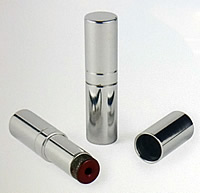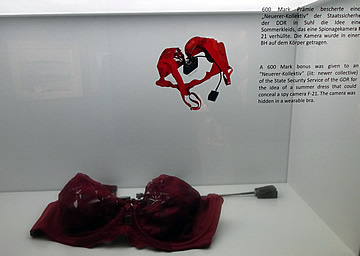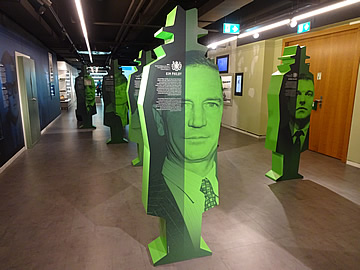

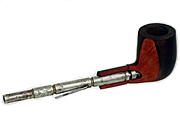
Berlin has some of the greatest museums in the world, many on Museum Island. The Pergamon Museum, with the fabulous Pergamon Altar and Ishtar Gate, is a separate article.
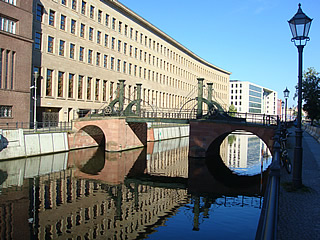
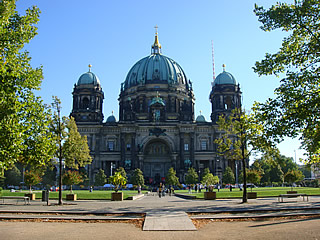
In September 2013 we returned to Berlin. It had been over twenty years since our previous visit and we wanted to see how the city had changed and to visit some of the wonderful museums. Our impressions of the changes in the city can be found at Berlin 1990 & 2013.
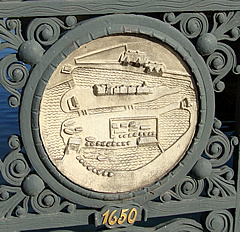
Berlin has many treasures in its museums but there were two which we had long wanted to see: the Pergamon Altar and, even more, the Ishtar Gate.
We chose to stay at the Derag Livinghotel Grosser Kurfürst which is just south of Museum Island and even more conveniently, just across the road from Markische Museum U-bahn station.
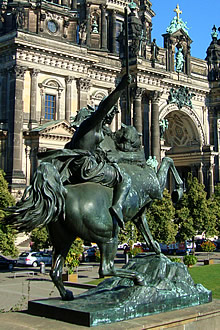
Museum Island is a unique area of five closely-sited museums on an island in the River Spee where the city of Berlin was founded. These are the Altes Museum opened in 1830 and built close to the cathedral which ia also on the island, 1845-1855 Neues Museum, 1867-1876 Alte Nationalgalerie, 1897-1904 Bode Museum and the 1910-1930 Pergamon Museum.1
Since reunification there has been an ongoing process of renovation of the buildings to bring their facilities up to date.
This is only a tiny fraction of what is held in the museums, just some of the items we found of particular interest or beauty. Due to ongoing renovations various collections may not be accessible - the Staatliches Museums website should have helpful advice.
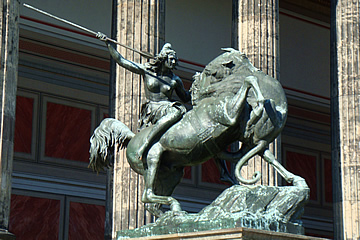
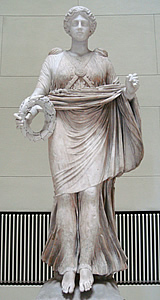
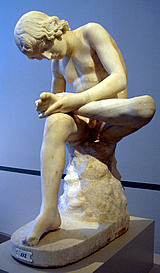
The oldest of the museums on the island lies at its southern end. It is a pure classical building, fronted by eighteen fluted ionic columns, a fitting home for classical antiquities, which was badly damaged in the Second World War.
The entrance is a lovely bright rotunda, modelled on the pantheon in Rome, with classical statues.2
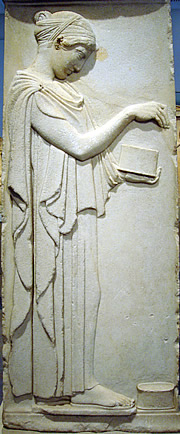
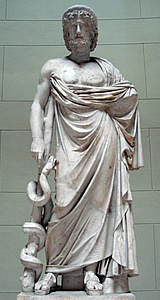
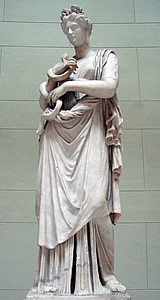
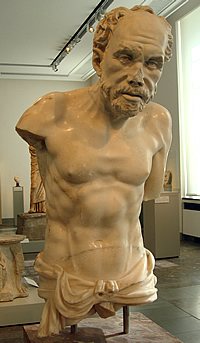
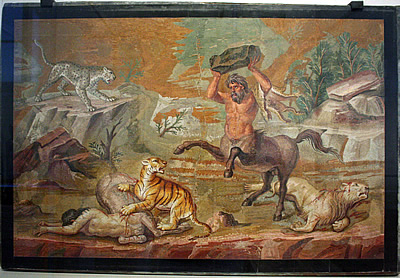
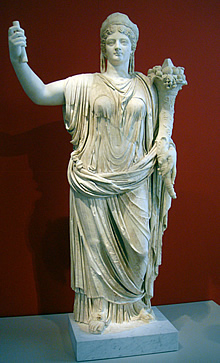
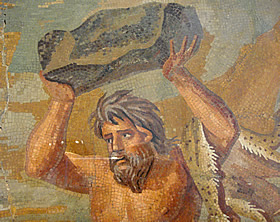
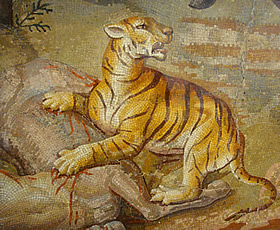
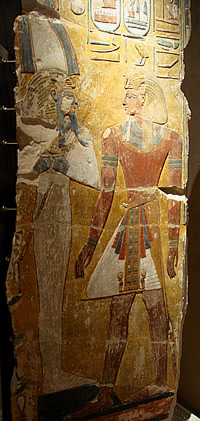
This museum combines three collections: the collection of Egyptian art from the Ägyptisches Museum und Papyrussammlung, of prehistoric objects from the Museum für Vor- und Frühgeschichte, and of classical antiquities from the Antikensammlung.3 Having a particular interest in certain aspects of Ancient Egypt, there was a quite a bit here of interest, and of course it holds the famous bust of Queen Nefertiti which is zealously guarded to stop photography.
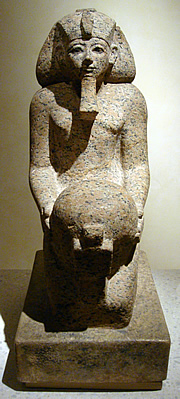
In the ancient temples that remain in Egypt there isn't a huge amount of original colour,except for restored buildings such as the Tomb of Nefertari which we were lucky enough to see in 2000. So it's illuminating to see painted reliefs and realise how immensely colourful the massive walls of the ancient structures must have been.
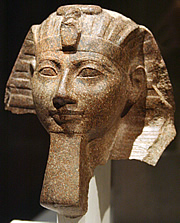
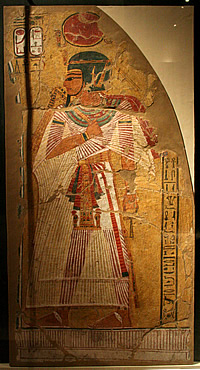
One of my favourite characters in ancient Egypt is Queen Hatshepsut, a remarkable woman. The daughter of Tuthmosis I she married her father's son and heir Tuthmosis II. They had no children so that when he died the son of one of his secondary wives became pharaoh: Tuthmosis III. As he was only a child at this time, Hatshepsut ruled in his place, eventually taking the step of declaring herself pharaoh. She was depicted as a man in many images as the pharaoh was, of course, traditionally male. She ruled for 20 years - even after Tuthmosis III reached manhood. It was only when she died that he took his place as ruler. He obliterated as much of Hatshepsut as he could find from the records, including temple images and instances of her name. The mortuary temple of Queen Hatshepsut is one of the most beautiful buildings at Luxor.
It was great to find some representations of Hatshepsut here.
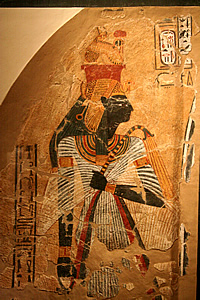
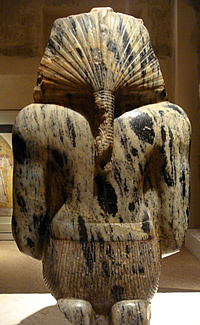
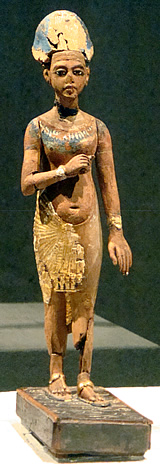
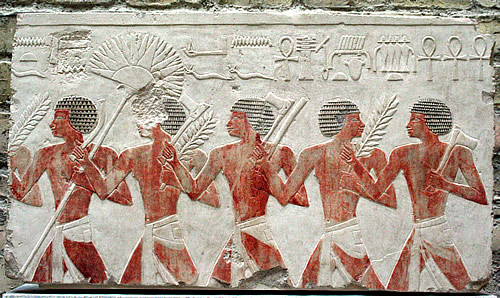
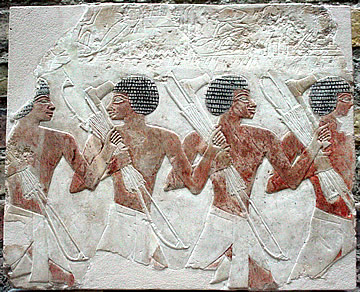
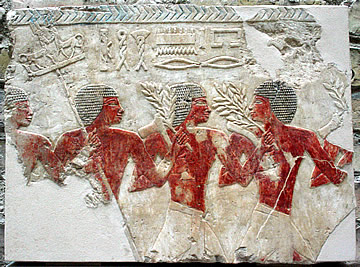
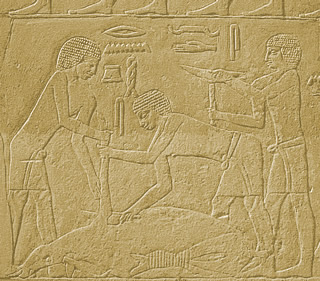
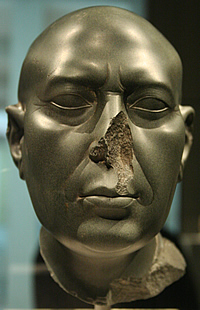
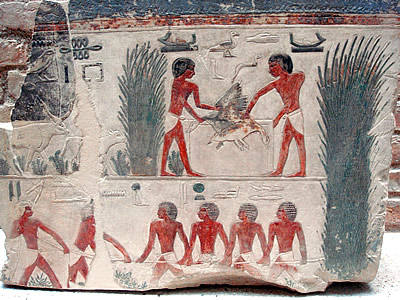
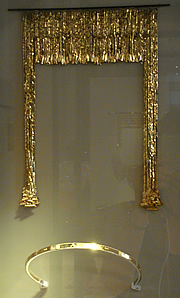
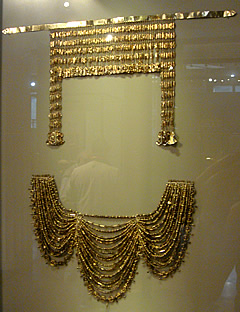
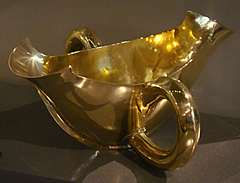
The German archaeologist Schliemann found treasure while excavating at Troy, the legendary city on the west coast of Turkey. He proclaimed as "Priam's Treasure" and much of of it is now held in Russia though some can be seen here in he Neues Museum and Berlin and some in Istanbul.
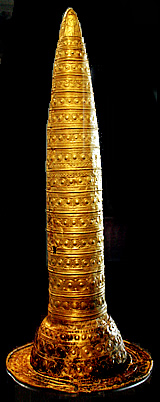
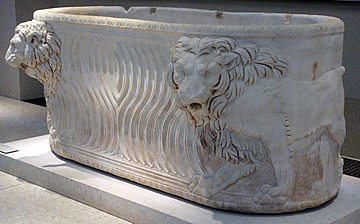
A 74 cm tall ceremonial gold hat from the late Bronze Age is another fascinating artefact in the Neues Museum. It is made from a single beaten gold sheet. The ornamentation on the dome and brim of the hat is thought to represent a calendar with which calculate the difference between solar and lunar years and to predict lunar eclipses.5
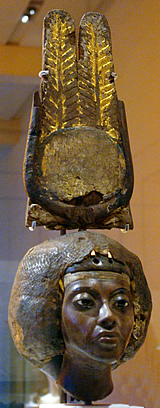
Another celebrated artefact is the head of Queen Tiy, wife of Amenhotep III. It is a beautifully expressive facial carving. She wears the headdress of the cow goddess, Hathor, which was allowed for her role in official acts of worship where she took the part of female deities at the side of her husband.6
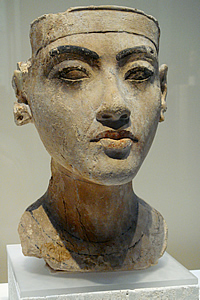
Tiy was the mother of Amenhotep IV who later changed his name to Akhenaten.
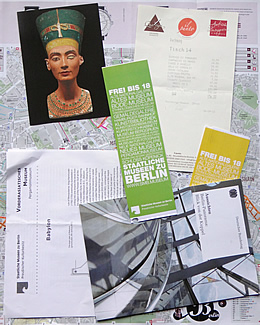
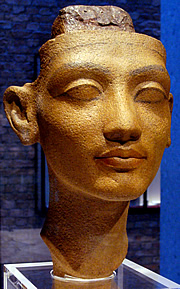
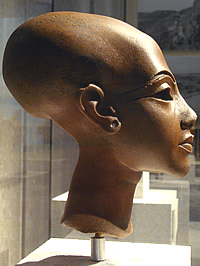
The Pharaoh Akhenaten and his wife, Nefertiti, are famous - she for her beauty and he for attempting to impose a monotheistic religion in Egypt, worship of the sun god or Aten. This replaced the millenia-old traditional worship of many gods, which, nevertheless, became reestablished after Akhenten's death.
The famous bust of Nefertiti is displayed in a glass case zealously guarded to stop any photography. It is a portrait of a beautiful woman, looking confident and regal, though the missing left eye is rather disconcerting!
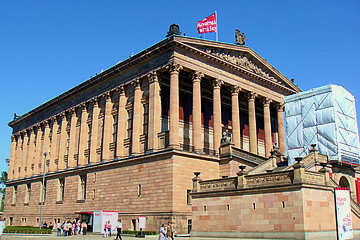
Since the Neue Nationalgallerie was opened in 1968 the original Nationalgellerie has become the Alte Nationalgallerie and holds almost exclusively nineteenth century paintings and sculpture.
With limited time and such a great deal to see this was not high on our list and we did not visit.
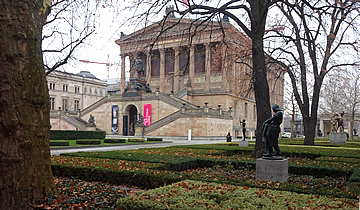
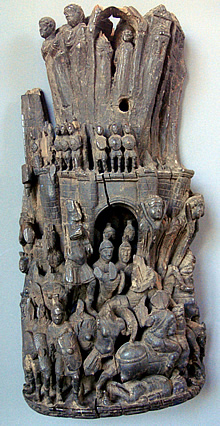
The Bode Museum opened - as the Kaiser Friedrich Museum - in 1904. It was originally the idea of Crown Princess Victoria of Prussia, which was put into practice some years later by Wilhelm von Bode, after whom it was renamed in 1956. He was also its first director.7 Standing at the northern tip of Museum Island it was to house the Renaissance collection. Today it houses the sculpture collection and the Museum of Byzantine Art.
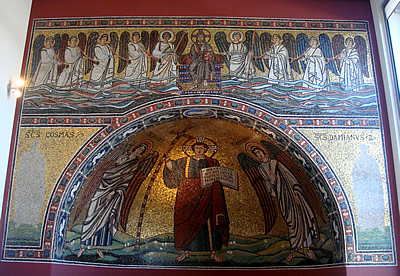
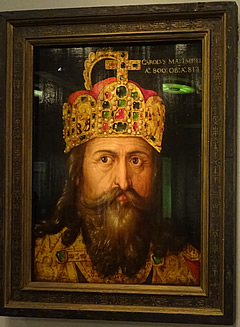 Charlemagne
Charlemagne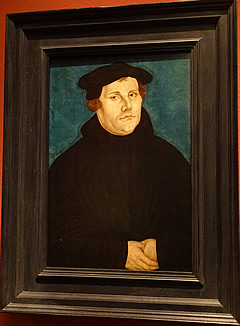
1500 years of German history from the Middle Ages to reunification exemplified in paintings, sculpture, clothing and artefacts from all spheres of life.9
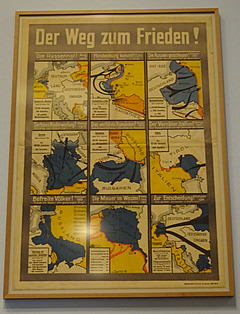
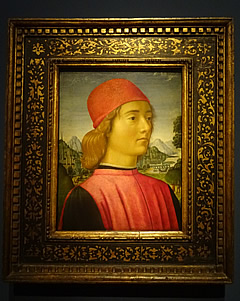
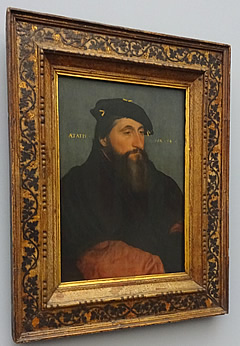
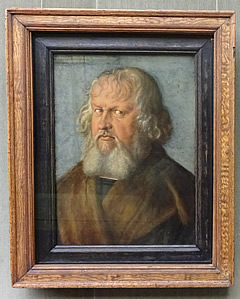
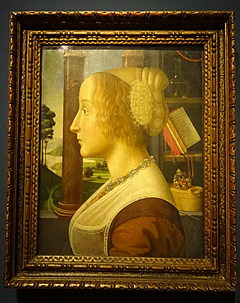
The Old Masters Gallery10 has a collection of around 3,000 paintings from the 13th century to around 1800; about half are on display.
Two portraits of a young man and woman by the Italian Renaissance painter Davide Ghirlandaio caught my eye. He was brother to the more famous Domenico who led the the Ghirlandaio workshop in Florence. Michelangelo was an apprentice here.
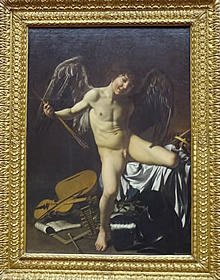
And there is a magnificent Caravaggio - "Amor Vincit Omnia".
The fabulous collection of paintings by Rembrandt van Rijn is extensive with some famous and not so famous.
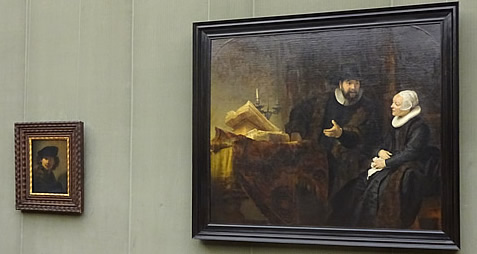
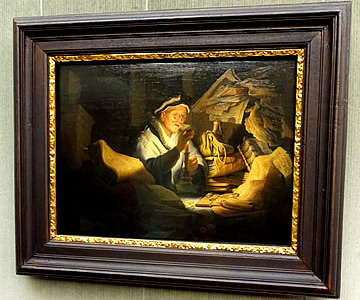
I very much liked "The Money Changer", a wonderful chiaroscuro study of concentration.
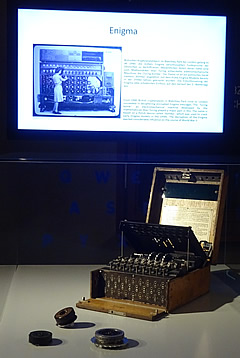
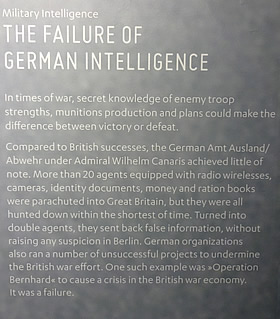
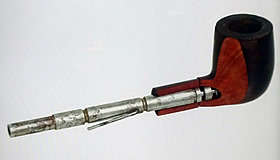
Opened in September 2015 the Spy Museum11 is fascinating - lots of children there seemed to enjoy it too. It charts the history of spying which goes back at least 2500 years, including a network run by the celebrated spy master of Elizabeth I of England, Walsingham, charged with protecting the queen at all costs.
On display are many artefacts, mostly from the twentieth century, and there are lots of hands-on activities, including a laser maze!
